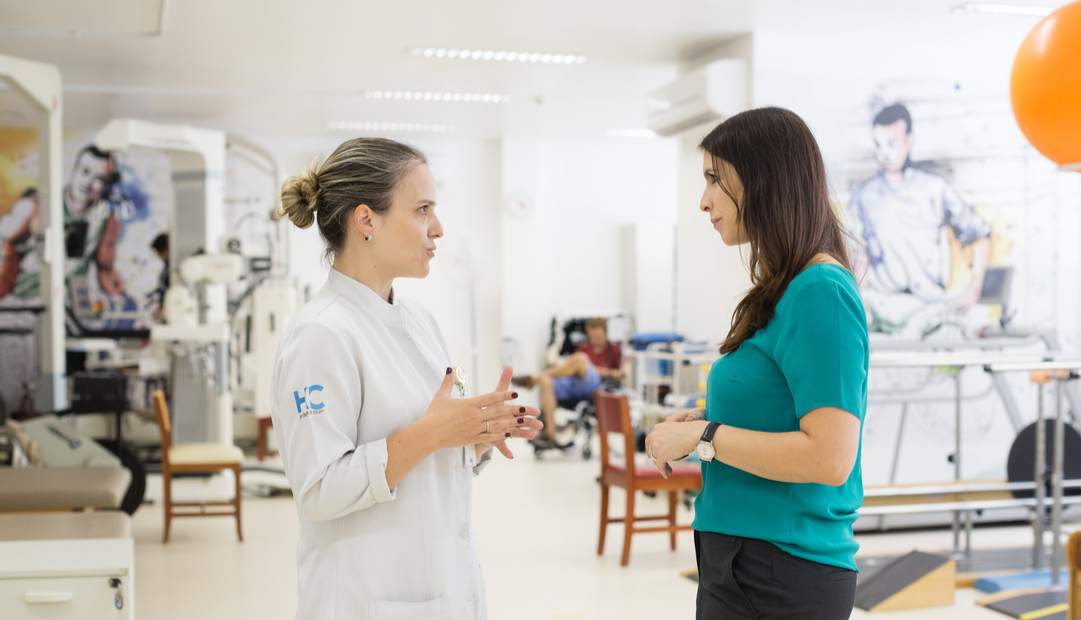Closing Gaps in Cancer Care – Together

Dr. Mónica de Abadal, Head of Medical Affairs, North America at Ipsen shares why she believes it takes everyone in the healthcare ecosystem coming together to close existing gaps and address health inequities in cancer care.
Over the past few decades, we have all witnessed incredible progress in cancer research and care, which brings hope to the millions of Americans who are living with cancer. However, despite scientific advances and a focus on prevention, inequities in cancer persist and social determinants of health (SDOHs) – conditions in which people are born, live, learn, and work – continue to weigh heavily into risk of cancer and outcomes from cancer.1 A recent study reported that up to 75 percent of cancer cases are associated with SDOHs rather than clinical factors and significantly contribute to an individual’s cancer risk, early prevention, and likelihood of survival.2
No person or family impacted by a cancer diagnosis should have a poorer outcome or die because of where they live, what they do, or who they are. This is our obligation as a company – from discovery of new medicines to clinical research and ultimately getting them to the people who need them – and our work at Ipsen focuses on identifying how we can address gaps in care.
Rural Communities
Disparities and structural inequities often disproportionately impact rural communities that have been historically underserved. In fact, more than 46 million Americans are living in rural communities and these individuals are more likely than their urban counterparts to die from cancer.3,4 This is an alarming and devastating statistic given the current state of cancer research and that there are more cancer therapies available than ever before.
This is even more relevant for cancers that are difficult to detect and diagnose early on, like pancreatic cancer. Prevention starts with regular health check-ups, which can be challenging in rural areas where the number of primary care facilities are fewer and waiting times are longer. This in turn, may drive people to wait to see a doctor or underestimate symptoms and prolong diagnosis. And even when a doctor is available, they may not be specialized within a cancer type, knowledgeable about hard-to-treat cancers or comfortable using new treatment options.
As technology evolves, outcomes can improve in rural settings as we can ensure access to tools that will support prevention, early detection, and available treatment options, including helping facilitate participation in clinical trials through use of remote technology. Treatment guidelines for consistency of care and management of adverse events related to treatment, along with telemedicine may also help us better support certain needs of people in rural communities.
Age and Overall Health
Age-related barriers present a unique challenge in the current research and treatment paradigm, especially for elderly populations who have higher incidence rates for cancer yet often face disproportionate barriers.5 Take follicular lymphoma (FL) for example, an indolent, slow-growing cancer that predominately affects older adults, many of whom are more likely to have competing co-existing conditions.6
Older populations are usually not included in clinical trials, and yet, they have the highest incidence of cancer. Access to clinical trials are essential, especially when it comes to data generation for specific co-existing conditions. However, co-existing conditions remains one of the most difficult aspects of clinical trial design where health outcomes like how well a medicine works and its safety profile are generalized. Inclusion and exclusion criteria, as well as involving people living with cancer and their caregivers in the design of studies are an important start.
Yet, our work doesn’t stop once our medicines are approved – in fact, it’s just the start. We have an obligation to follow those medicines and generate real-world evidence (RWE) to ensure we understand the efficacy and safety across even more unique health situations.
Health Literacy
An important reality that we can’t ignore around how health information is communicated. Healthcare providers, especially doctors, are trained on very specific terminology, much of which, is not always understood by the people who need that information the most. When it comes to making treatment decisions, managing side effects, and improving quality of life, individuals living with cancer and their families can often be lost amongst complex terminology not fully understanding the condition, their options or potential outcomes.
What if a person speaks English as a second language? In those situations, understanding health information can become a two-way barrier that also impacts how a person with cancer explains their experiences – a vital aspect of the doctor-patient relationship, especially when it comes to shared decision making and advocating for individual needs. This can lead to treatment discontinuation or in a worse case, disease progression or poor quality of life.
At Ipsen, we believe that developing plain language summaries explaining our medicines and research is imperative. We also believe in the importance of resources being made available in multiple languages to ensure information is available to make informed decisions.
A multitude of barriers exist beyond the few I acknowledged. To complicate matters more, our health system is complex and inequities, biases and barriers are deeply ingrained.
Change starts with all of us. At a microlevel, we are focused on recruiting a diverse workforce with the aim to reflect the diversity of the communities we serve. At a macrolevel, we must listen to the experiences and perspectives of people impacted by cancer.
Sustainable change requires collaboration and our focus is central to that goal. We work with different bodies across the healthcare ecosystem – from peers in our own industry, regulatory authorities and patient advocacy organizations to healthcare providers, hospital systems, payers, and policymakers – to mine for solutions and increase access for all. Most importantly, we also listen and learn from people living with cancer and their families to better understand the lived experiences, identify their needs and aim to provide the cancer community with support.



